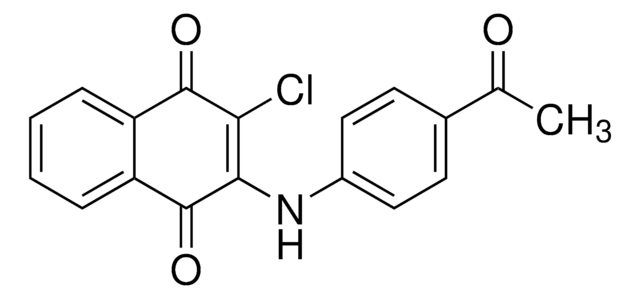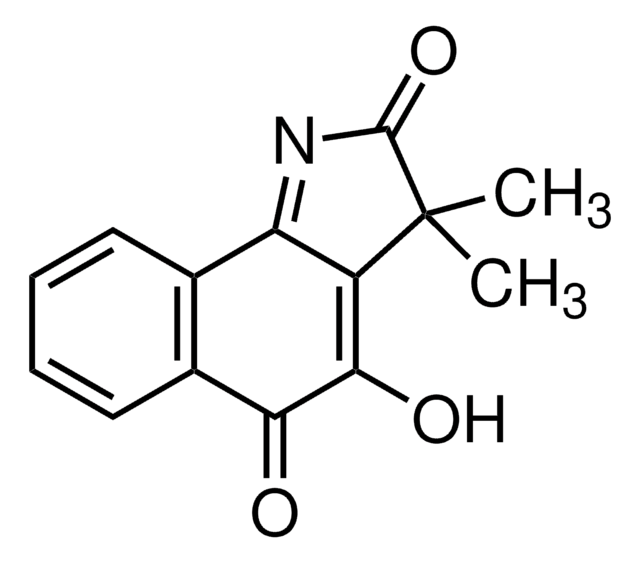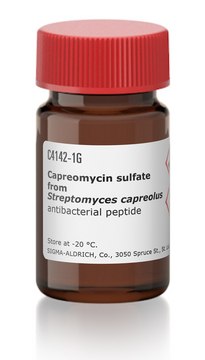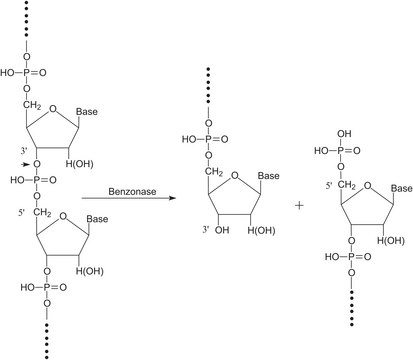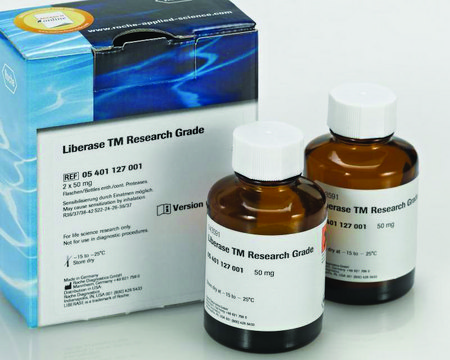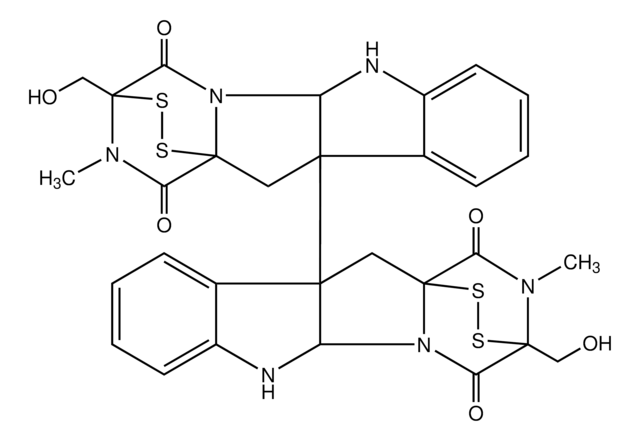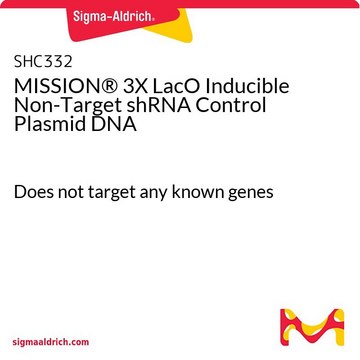推荐产品
质量水平
方案
≥98% (HPLC)
表单
powder
颜色
white to tan
溶解性
DMSO, heptane and xylene: ≥8 mg/mL
储存温度
−20°C
SMILES字符串
CCCCCCCCCCCCCCCC(=O)C1=C(O)[C@@H](CO)OC1=O
InChI
1S/C21H36O5/c1-2-3-4-5-6-7-8-9-10-11-12-13-14-15-17(23)19-20(24)18(16-22)26-21(19)25/h18,22,24H,2-16H2,1H3/t18-/m1/s1
InChI key
KZTSLHQKWLYYAC-GOSISDBHSA-N
应用
RK-682 has been used:
- as a positive control in high-performance liquid chromatography (HPLC)
- as a reference compound in high-performance liqiud chromatography (HPLC)
- as a pan-protein tyrosine phosphatase non-receptor type (PTPN) inhibitor to study its effects on the activated lymphocytes
生化/生理作用
RK-682 is a specific and noncompetitive inhibitor of protein tyrosine phosphatase; It inhibited dephosphorylation activity of CD45 and VHR with IC50 54 and 2.0 microM and 4.5 microM against PTP1B.
Specific and noncompetitive inhibitor of protein tyrosine phosphatase.
特点和优势
This compound is featured on the Phosphoprotein Phosphatases (Tyrosine) page of the Handbook of Receptor Classification and Signal Transduction. To browse other handbook pages, click here.
储存分类代码
11 - Combustible Solids
WGK
WGK 3
闪点(°F)
Not applicable
闪点(°C)
Not applicable
法规信息
新产品
历史批次信息供参考:
Akiko Fujimura et al.
Cancer immunology, immunotherapy : CII, 68(10), 1649-1660 (2019-09-29)
It has been shown that protein tyrosine phosphatase non-receptor type (PTPN) 3 inhibits T-cell activation. However, there is no definitive conclusion about how the inhibition of PTPN3 in lymphocytes affects immune functions in human lymphocytes. In the present study, we
Yousof Tahtah et al.
Fitoterapia, 110, 52-58 (2016-02-18)
Type 2 diabetes (T2D) constituted 90% of the global 387 million diabetes cases in 2014. The enzyme protein-tyrosine phosphatase 1B (PTP1B) has been recognized as a therapeutic target for treatment of T2D and its adverse complications. With the aim of
Yoshihiro Tatsumi et al.
International journal of molecular sciences, 21(11) (2020-05-31)
Heparan sulfate proteoglycan syndecan-1, CD138, is known to be associated with cell proliferation, adhesion, and migration in malignancies. We previously reported that syndecan-1 (CD138) may contribute to urothelial carcinoma cell survival and progression. We investigated the role of heparanase, an
Yunkun Liu et al.
mBio, 6(6), e01714-e01715 (2015-11-12)
The clustered regularly interspaced short palindromic repeat (CRISPR)/CRISPR-associated protein 9 (Cas9) system, an RNA-guided nuclease for specific genome editing in vivo, has been adopted in a wide variety of organisms. In contrast, the in vitro application of the CRISPR/Cas9 system
Long Cui et al.
Planta medica, 76(7), 713-718 (2009-12-05)
As the insulin and leptin signaling pathway can be regulated by PTP1B, it has been suggested that compounds that reduce PTP1B activity or expression levels can be used for treating type 2 diabetes and obesity. In the course of our
商品
Protein tyrosine phosphatases' catalytic mechanism involves transient phosphorylation.
我们的科学家团队拥有各种研究领域经验,包括生命科学、材料科学、化学合成、色谱、分析及许多其他领域.
联系技术服务部门